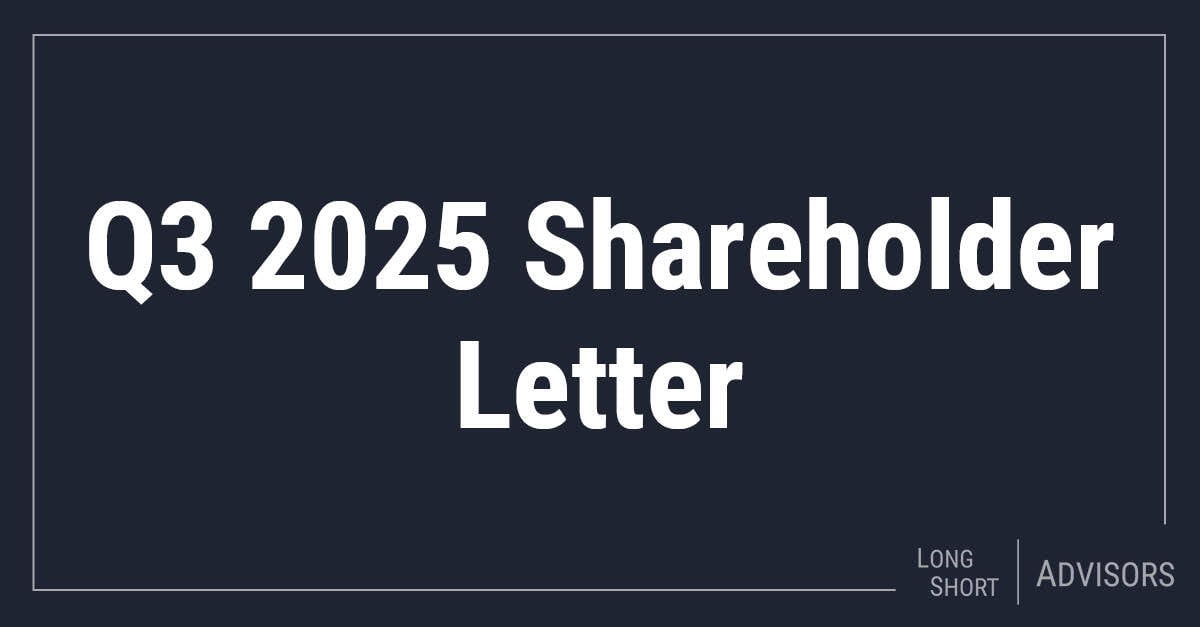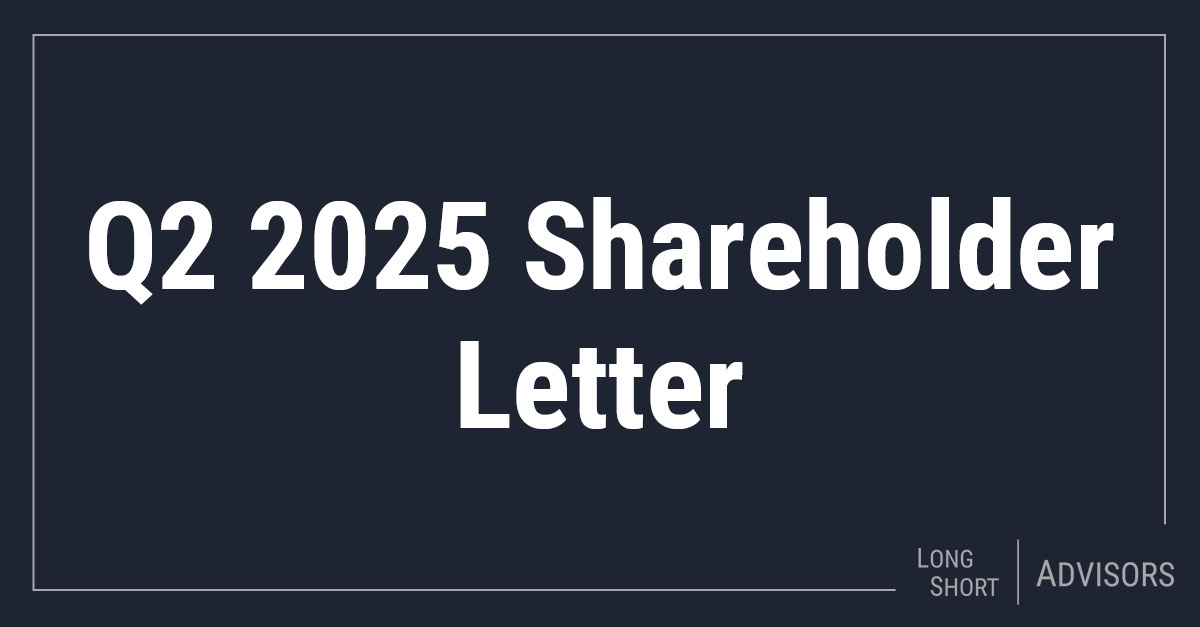Is it Time for Value Stocks to Take the Stage?
Without question, the predominant market story of 2023 was the blistering rise of mega-cap technology stocks. The so-called Magnificent Seven stocks alone accounted for more than 60% of the entire 26% return of the S&P 500 Index last year. Will the Mag Seven’s dominance continue this year or is the rest of the market—value stocks in particular—due for some catch-up?
The first thing to note is that market action already seems to be shifting. “Since late November, market breadth has improved,” says Kevin O’Brien, co-portfolio manager of the LS Opportunity Fund. Small-cap and value stocks have come alive after an extended spell in the wilderness. Some of the Mag Seven stocks aren’t looking so magnificent thus far in 2024: Tesla and Apple are both down sharply year-to-date (as of March 24) and three of the seven are trailing the S&P 500 Index in performance. The S&P 500 Equal-Weighted Index just recently reached a new record high and, over the past month, has surpassed the market-weighted S&P 500 Index in yet another indication of broadening market performance.
Growth and Value Gap
We can’t predict the future, but if we examine valuations, past market cycles, and the current economic backdrop, one can make a compelling case for value stocks. For example, GMO, a large institutional asset manager, recently conducted historical research and concluded that the valuation differential between value and growth is at an historic extreme and, relative to the total market, some of the most undervalued stocks of seldom been offered at a lower-price. According to T. Rowe Price’s research, the relative valuation of the Russell 1000 Growth Index compared to the Russell 1000 Value is 80% (or two standard deviations) above the historic average.
“The gap between growth and value has gotten pretty wide,” says O’Brien. “During earlier periods like this, value snapped back.” Since in recent years growth has generally dominated, some investors may be surprised to learn that over the long run (say, the past 90 years since good market data became available), value has outperformed growth*. So, value has some history on its side.
Value may also receive a helping hand from the economy, which has been stronger than expected due to factors like a strong labor market, our tireless consumers, and rising government spending on infrastructure, clean energy, and strategic industries such as semiconductors. As O’Brien notes, cyclical sectors that stand to benefit from a robust economy, including industrials, materials, and energy, are particularly well represented in the value space.
Financials are by far the largest sector in the Russell 1000 Value Index. The sector was bruised last year by factors such as rising interest rates and the rather brief banking crisis that erupted almost exactly one year ago. The picture may be brightening this year. “Banks will perform a lot better if the yield curve isn’t inverted,” says O’Brien. “They’d be happier if the 10-year was 4.5% and the short end was in the 3 to 3.5% range.” There are decent prospects for a normalizing, upward-sloping curve since the Fed is expected to start an interest-rate cutting cycle later this year, which would enable banks to earn a wider spread on loans funded from their deposit base. In addition, falling interest rates will raise the value of Treasuries and mortgage-backed securities held on bank balance sheets as the prices of these bonds creep back towards par (huge paper losses on these securities were the proximate cause of the collapse of several banks in 2023).
Finally, value stocks may benefit this year from the lopsided gains in growth relative to value stocks last year and earlier. Assuming investors practice a portfolio-rebalancing discipline (which is not always the case, particularly due to behavioral investing biases), it is high time to remove some of the chips from the growth allocation and invest them in value to return equity weightings to portfolio long-term targets. As O’Brien says, since the market caps of growth champions like Nvidia and Microsoft are so enormous and value, by definition, is much smaller, “It doesn’t take a lot of dollars to move the needle in value.”
* (Source: Fama/French Indices)
As of 02/29/2024, the Fund contained 61 long positions in the portfolio representing companies with what management believes represents long-term value and favorable characteristics such as a discount to market value, attractive free cash flow yields, and strong balance sheets. The Fund’s top 10 long positions represented approximately 28% of the portfolio and included Progressive Corp (PGR) 3.5%, Eaton Corp (ETN) 3.1%, Leidos Holdings Inc (LDOS) 3.0%, Globe Life Inc (GL) 2.9%, Fairfax Financial Holdings (FRFHF) 2.8%, Brown & Brown (BRO) 2.8%, Abbott Labs (ABT) 2.6%, Merck & Company (MRK) 2.5%, Pioneer Natural (PXD) 2.5%, and Trimble Navigation Ltd (TRMB) 2.2%. Current and future portfolio holdings are subject to risk and change.
18009797-UFD 04/01/2024







